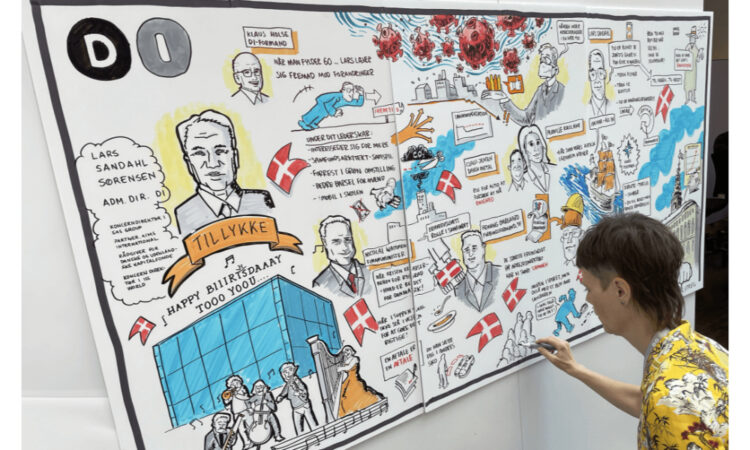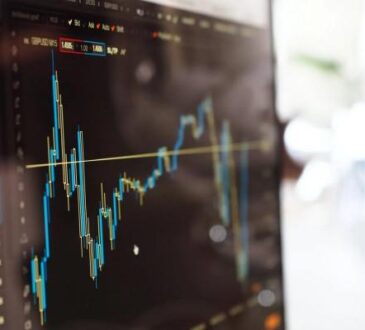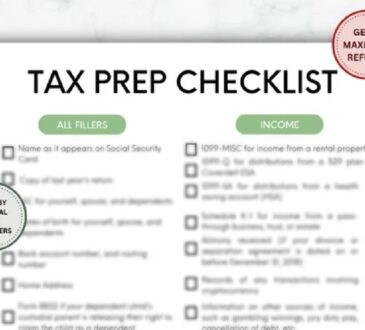Understanding Graphic Recording: What It Is, Why It Matters, and Who Uses It

What is Graphic Recording?
We put together this series of four illustrations to answer some common questions about our work—what is graphic recording (also known as visual note-taking)? Why should people use it? Who is already using it? And how do we actually do it?
Graphic recording is the skill of listening, making sense of what is being said, and turning that into a drawing created live. Most of the time, the artwork is done on a large sheet of paper or artist board. But as more events go digital, these drawings are now also often made on a tablet and shown on screens around the room.
Using visuals while sharing information helps people remember it better. For example, it’s easier to remember a picture of a crane building a structure than just hearing the words “build support.” Studies show people remember 80% of what they see, 10% of what they hear, and 20% of what they read. Graphic recording helps boost memory and makes key ideas stand out.
Why Use Graphic Recording?
It’s not just about having the information—it’s about understanding and remembering it. Visual notes help people hold onto the message longer, encourage teamwork, and keep everyone interested. This approach also helps lift employee motivation. The part of the brain that handles visuals is closely tied to emotions, so people often feel more excited when they see ideas come to life.
When there’s a lot of information, it can feel overwhelming. Turning it into pictures and simple words makes it easier for people to understand and respond. When employees can quickly react to what they see, giving feedback becomes simpler. People are more likely to join in and speak up when the content holds their interest, and visual notes are a great way to spark that interest.
Visuals also make dry topics more engaging. A talk about stock changes could include a piggy bank next to a line graph. A session on “inventory tracking” might show a hand holding a magnifying glass to a bar code. Drawing these ideas makes the message clearer and easier to remember.
Who Uses Graphic Recording?
Our work is used by companies and groups around the world. Language can sometimes stand in the way of clear communication, but visual language helps people understand each other across borders. We’ve worked with both the U.S. government and other governments around the world. We also partner with ad agencies, teachers, small businesses, and large companies. Non-profits, educators, global events, and major corporations also make use of our services. The need to present, plan, and share ideas visually is common across many types of work, and we’re here to support that.
How Do We Do Graphic Recording?
As soon as the speaker begins, we start drawing. We listen carefully, pick out the main points, and turn them into drawings and words on a large board at the front of the room. While working, we focus on the layout, colors, letter size, style, and overall balance.
People often say that everyone on our team has similar handwriting. That’s because we were trained to write in all capital letters. Writing in all caps helps keep the spacing around the letters even, which makes the text easier to read.










